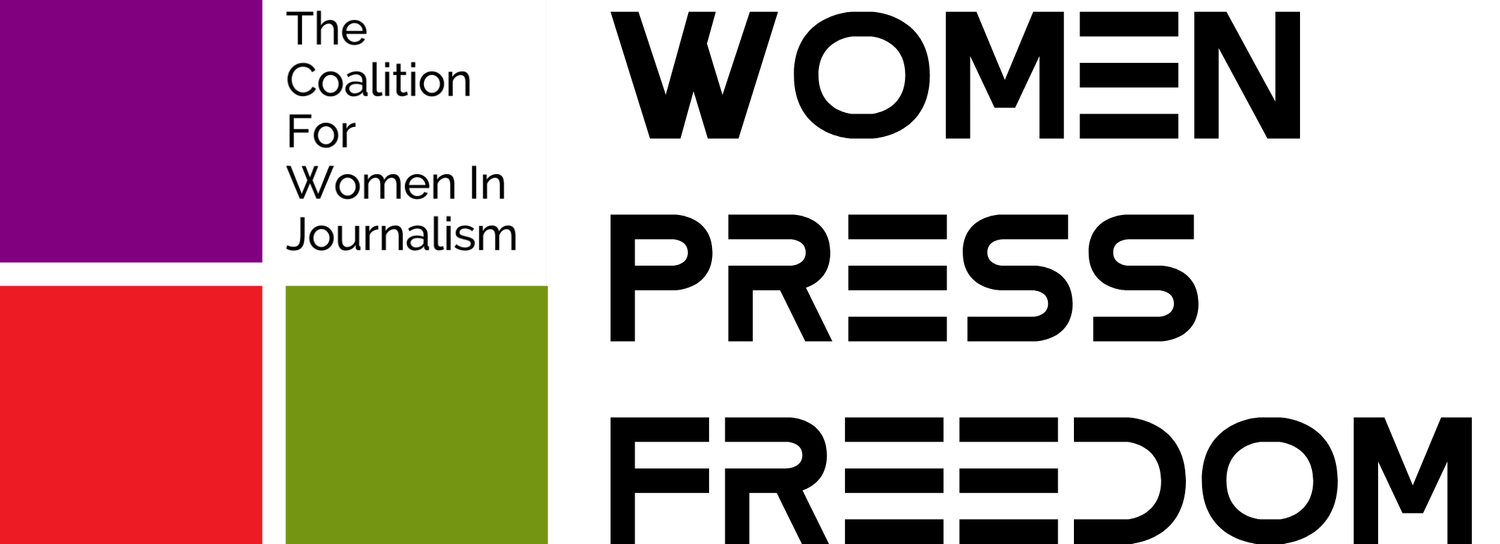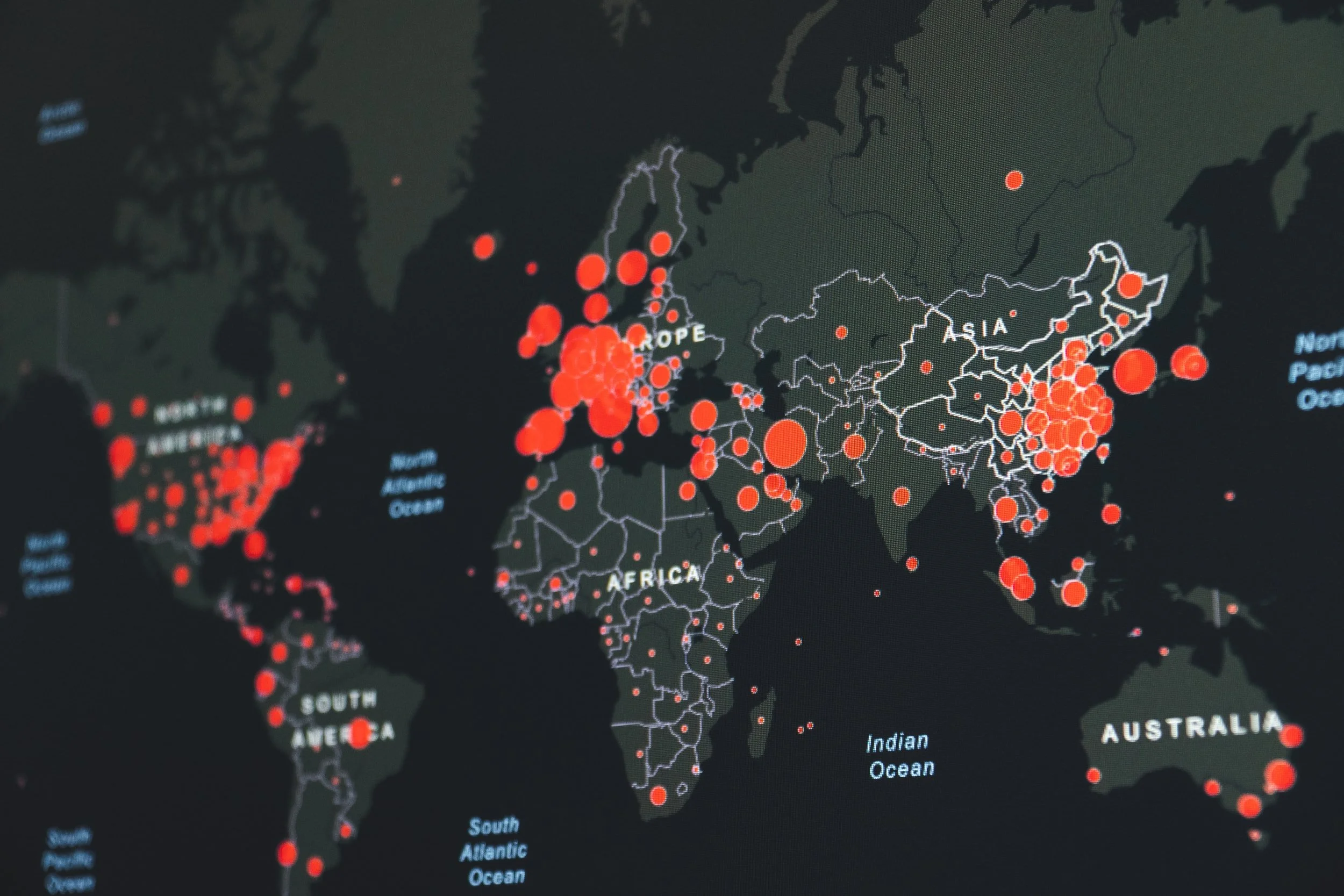Kenya: Women Journalists Tear Gassed While Covering Protests
The Coalition For Women Journalism calls for authorities to respect the press’ right to report on anti-government demonstrations and ensure their safety
Location: Kenya, Mombasa
Date: July 12, 2023Photo Credite: Yvonne Sasha
Police throw tear gas canisters at journalists covering anti-government demonstrations, forcing them to run for safety. Similar protests in March saw numerous assaults on journalists covering the unrest. The Coalition For Women In Journalism is closely monitoring the situation. We urge police to ensure the press’ safety.
On July 12, violent demonstrations erupted across cities in Kenya as anti-government protestors clashed with police. In the port city of Mombasa, freelance journalist Halima Mohamed and Baraka FM reporter Elizabeth Mutinda were tear-gassed as they tried to cover protests.
“My fear is that these young journalists will end up dropping off from the newsrooms out of trauma, if they see this is how journalists are mistreated”
“Police are the ones now attacking and harassing journalists,” Winnie Kamau, President of Association of Freelance Journalists, tells CFWIJ. “The rule of thumb is we need to stick with the cops when reporting, but in Kenya this has changed.”
Reporters at the scene describe police throwing tear gas canisters indiscriminately at crowds gathered, forcing a group of press workers to flee the scene.
Kamau adds that two other young women journalists, on separate occasions, were also “clobbered with teargas by the police.”
“My fear is that these young journalists will end up dropping off from the newsrooms out of trauma, if they see this is how journalists are mistreated,” worries Kamau.
Azimio anti-government protests
The journalists were reporting on the cost-of-living demonstrations organized against the government’s newly introduced tax increases.
At least six people died during the demonstrations, and over 50 children in Nairobi were hospitalized after exposure to teargas.
Raila Odinga — Kenya's opposition leader — has been at the forefront of civil disobedience movements against President William Ruto's administration, which he believes won last year’s election unfairly.
Despite a ban on protests, Odinga recently rallied the nation to protest the recent fuel tax hikes. Demonstrators took to the streets, driven by their deep frustration with the rising cost of living and the implementation of the Finance Act 2023.
This act increased taxes on fuel, leading to a surge in transport and staple food costs. Many citizens, already facing challenges, are now struggling to afford basic necessities.
Declining press freedom in Kenya
Media freedom in Kenya is facing threats from both state and non-state actors. Government officials, politicians, and regular people have been engaging in acts of harassment, intimidation, and physical attacks against Kenyan journalists in recent months.
Critical media are punished through the withdrawal of government advertising. And are also facing political threats, with politicians accusing the media of being a "cartel" that needs to be "crushed". Police have downplayed physical assaults on journalists that have occurred during protests. While draconian threats, such as plans to shut down media outlets and the internet, have also emerged.
The government and opposition politicians actively undermine media freedom while publicly defending and justifying their actions. Despite having a robust legal framework supporting media freedom, the state and the public have become increasingly critical of the press, and threats and assaults have escalated as a result.
The Coalition For Women In Journalism is concerned by the increasing threats facing Kenyan journalists. We urge lawmakers to respect press freedom and call on police to ensure journalists can cover protests safely.
The Coalition For Women In Journalism is a global organization of support for women journalists. The CFWIJ pioneered mentorship for mid-career women journalists across several countries around the world and is the first organization to focus on the status of free press for women journalists. We thoroughly document cases of any form of abuse against women in any part of the globe. Our system of individuals and organizations brings together the experience and mentorship necessary to help female career journalists navigate the industry. Our goal is to help develop a strong mechanism where women journalists can work safely and thrive.
If you have been harassed or abused in any way, and please report the incident by using the following form.






